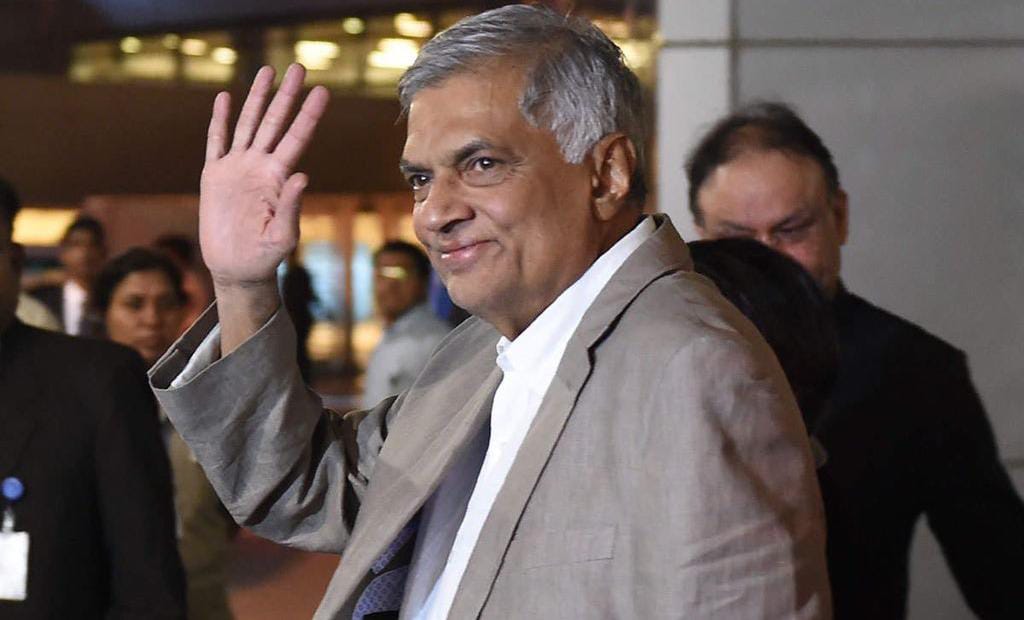Sri Lanka PM expressed his gratitude to Prime Minister Narendra Modi for extending support during such a crucial time.

New Delhi: Amid ongoing political turmoil, Ranil Wickremesinghe has taken oath as new Prime Minister of Sri Lanka. Wickremesinghe (73) assumed charge as 26th prime minister of the island country after resignation of Mahinda Rajapaksa a few days ago.
Moments after swearing in ceremony, the PM said that he wanted to strengthen Sri Lanka’s economy and to end political instability. “My focus will be to settle this problem to ensure the supply of petrol, diesel and electricity to the people,” the PM had said.
Wickremesinghe also expressed his gratitude to Prime Minister Narendra Modi for extending support during such a crucial time. On a bilateral front, India has committed three billion dollar to Sri Lanka the form of loans, credit lines and credit swaps since beginning of this year.
Referring about India’s economic assistance to Sri Lanka, Wickremesinghe said, “I want to thank Prime Minister Narendra Modi. I wish closer relationship with Inda.”
On Friday, Indian High Commissioner met the newly elected PM. The High Commissioner conveyed greetings and good wishes. During the meeting, matters pertaining to India-Sri- Lanka cooperation for economic recovery and stability in the country through democratic processes towards the well being of people were discussed.
Amidgrowing demands of resignation of Rajapaksa clan from top constitutional posts of the nation, Mahinda Rajapaksa has resigned from the post of prime minister on Monday. Hours after the resignation, incidents of massive protests in the form of violence and clashes were reported from various parts of the country. The anti-government protests had witnessed burning of houses of the former prime minister, ministers and several others. Following the protests, a curfew was imposed in the country while Rajapaksa and his family were reportedly flown in a helicopter to the naval base.
During the clashes between anti-government protestors and supporters of Rajapaksa family, at least five persons were reportedly killed while nearly 200 were injured. Member of Parliament (MP) Amarakeerthi Athukorala had reportedly fired bullets at the protesters in which two people were critically injured. Later, the MP was found dead while trying to take refuge inside a building.
Anti-government protesters and supporters of Rajapaksa went on a rampage. They had blocked roads, set buses on fire and set ablaze Rajapaksa’s ancestral home in Hambantota on fire. Houses of three former ministers and two MPs were also set ablaze by the angry mob.
To disperse the protesters, the police had used mild force, fired tear gas shells and water cannons. Later, curfew was imposed in Colombo and then the rest of Sri Lanka. To restore normalcy in the region, an anti-riot squad was deployed. Due to the pressure, Rajapaksa had submitted his resignation to President Gotabaya Rajapaksa. Two ministers were also stepped down.
